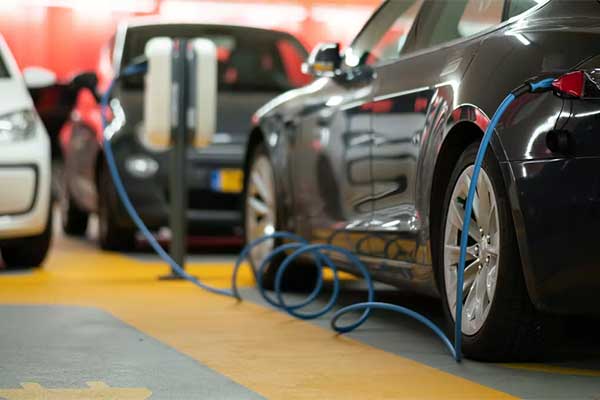- Recent data shows diverging attitudes towards electric vehicle (EV) adoption between Canada and the U.S.
- A J.D. Power survey found that 66% of Canadians are unlikely to consider an EV for their next car, an increase from 53% the previous year.
- Meanwhile, 61% of American car shoppers indicated they would consider an EV, up from 59% a year ago. Key reasons for this disparity includes concerns over driving range, vehicle price, and charging infrastructure. But that's not the most interesting part.
Both Canada and the United States have seen a growth in electric vehicle (EV) sales over recent years. However, a survey conducted by J.D. Power suggests different future EV adoption trends in the two countries.
66% of Canadians are “unlikely” or “somewhat unlikely” to consider an EV for their next car, an increase from 53% the previous year. On the other hand, 61% of American car shoppers are considering an EV, showing a slight increase from 59% a year ago.
EV Market in Canada and the U.S.
The EV market in Canada is projected to reach US$7.13 billion in 2023. The average price of an EV in 2023 is expected to be US$59.13k, with unit sales forecasted to hit 250.3k by 2028.
The U.S. EV market is larger, expected to reach US$70.13 billion in 2023. The average price of an EV in the U.S. in 2023 is estimated to be US$64.96k, with the market expected to hit 2.46 million unit sales by 2028.
Factors Influencing EV Adoption in Canada
The main deterrents for Canadian buyers include concerns over driving distance between charges, high prices, and insufficient charging infrastructure. The survey also highlighted the influence of geography and exposure on EV adoption.
Western Canada, particularly British Columbia, showed the highest interest in EV ownership. The study found that those who had rented, borrowed, or test-driven an EV were more likely to consider purchasing one in the future.
Factors Influencing EV Adoption in the U.S.
In the U.S., EV consideration has been increasing slowly, influenced by factors like lower gas prices, inflation, rising interest rates, greater model availability, and charging availability. However, the growth in public charging is not keeping pace with the increasing number of EVs on the road.
Longer commutes lead to increased EV consideration, with 35% of those who commute more than 45 minutes each way saying they are “very likely” to consider an EV. Personal experience with EVs also plays a crucial role in purchase consideration.
The survey found that the likelihood to consider an EV increases across all powertrain types among owners looking to replace their current vehicle. Specifically, owners of plug-in electric vehicles (PHEVs) showed the largest year-over-year increase in EV consideration.
Geographically, California leads the U.S. in EV consideration. Generational differences also play a role in EV consideration, with Gen Z consumers showing a higher year-over-year increase in EV consideration than other age groups.
While Tesla remains the most considered EV brand, the three most considered models are from other automakers, not Tesla. Interestingly, shoppers considering a Tesla cited charging station availability as a greater reason to buy than those considering other EV brands.
The Road Ahead
The divergent trends in EV adoption in Canada and the U.S. highlight the complex interplay of several factors, including price, charging infrastructure, and personal exposure to EVs. The data suggests that while the EV market continues to grow in both countries, a disparity exists in the pace and extent of adoption.
For Canada, addressing concerns over driving range, reducing the high purchase prices, and expanding charging infrastructure could help to boost EV adoption rates. Greater exposure to EVs, perhaps through test drives or rental schemes, could also play a role in shifting public perception.
In the U.S., the focus may need to shift to improving public charging infrastructure. Efforts to continue diversifying the range of EV models available and targeting outreach and education to less likely adopters, such as those with shorter commutes, could also help to further increase EV consideration rates.
Policymakers, automakers, and other stakeholders in both countries will need to address these challenges head-on to pave the way for a more sustainable future. The road to widespread EV adoption may be long, but the potential benefits—for the environment, for consumers, and for the economy—make it a journey worth pursuing.










Comments